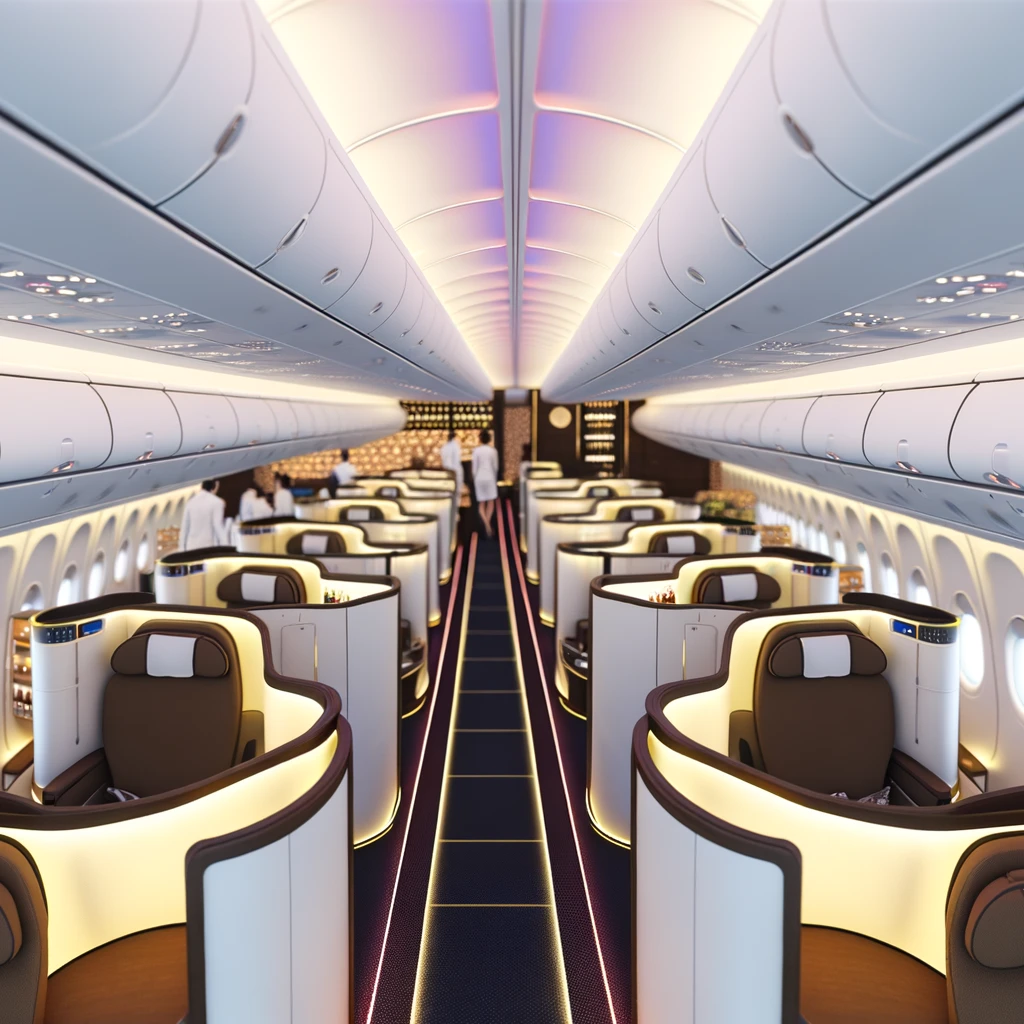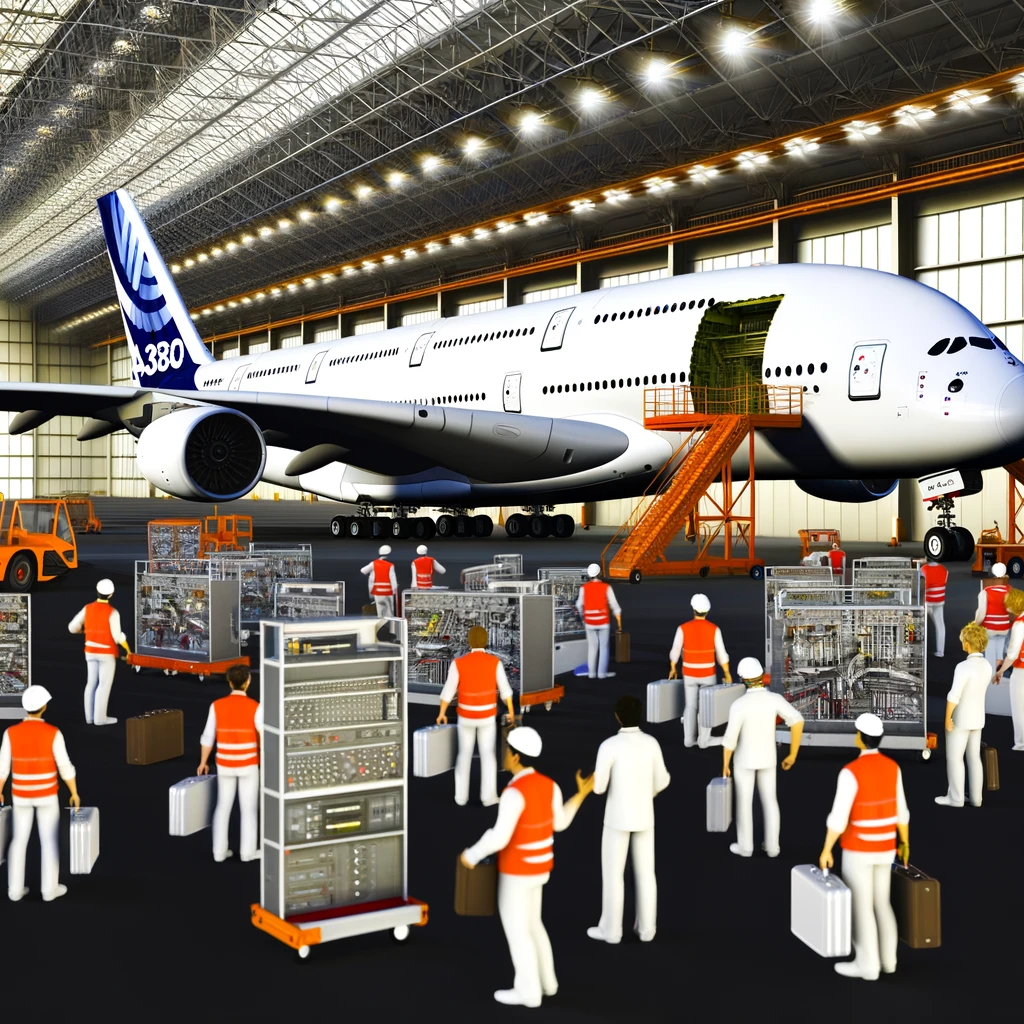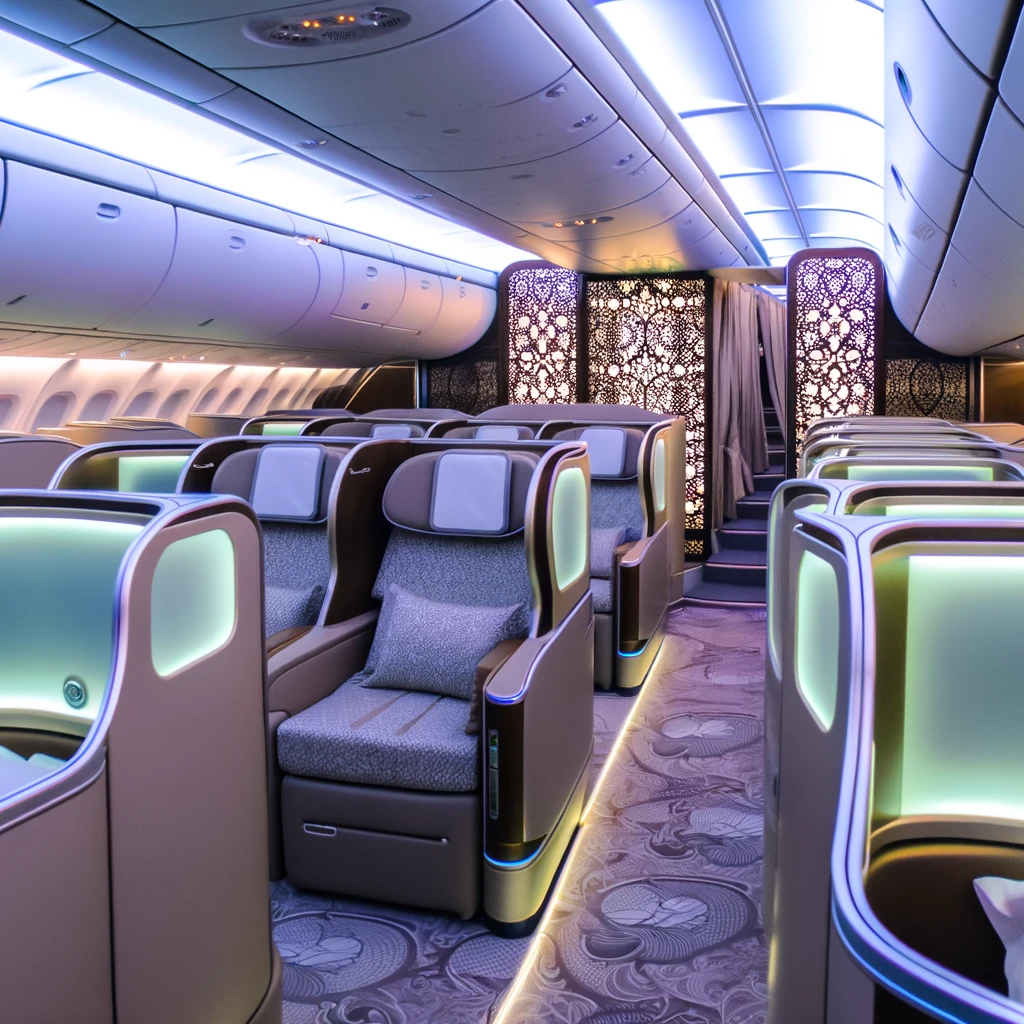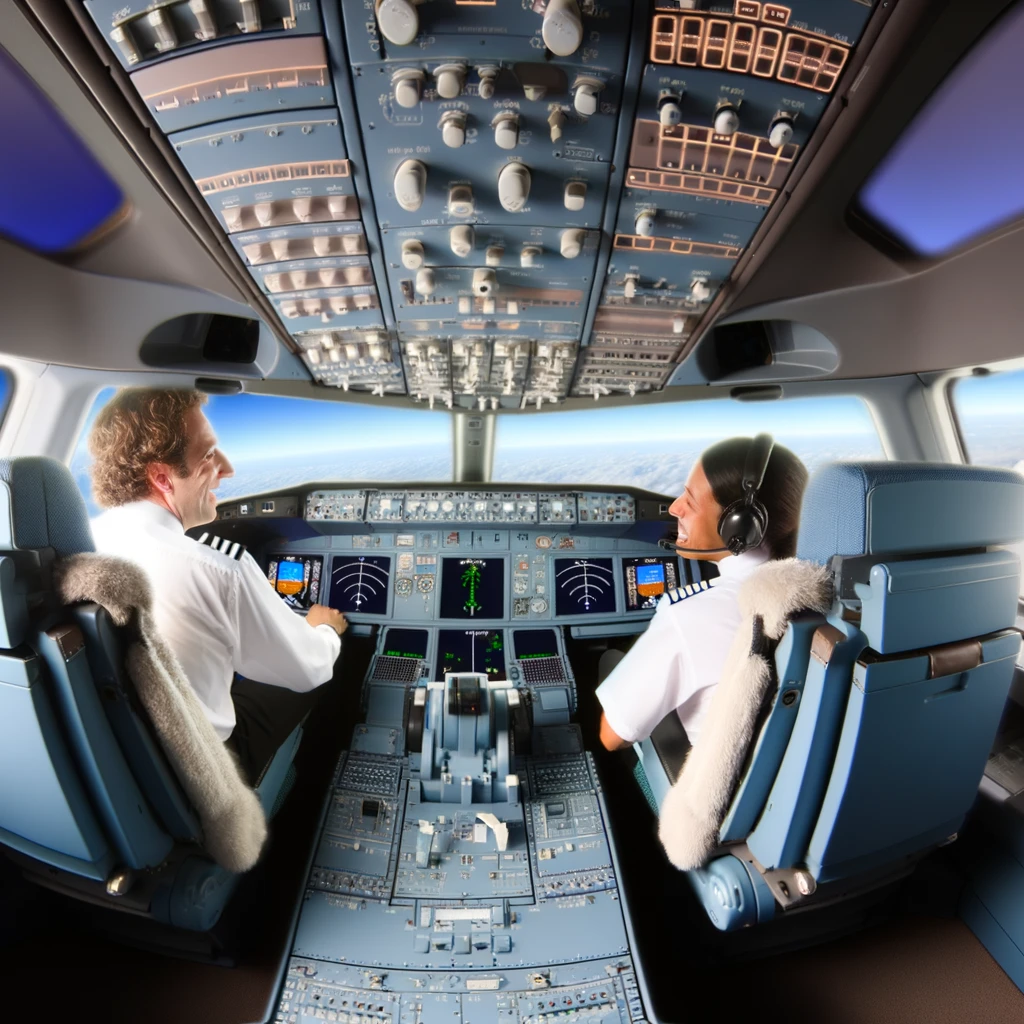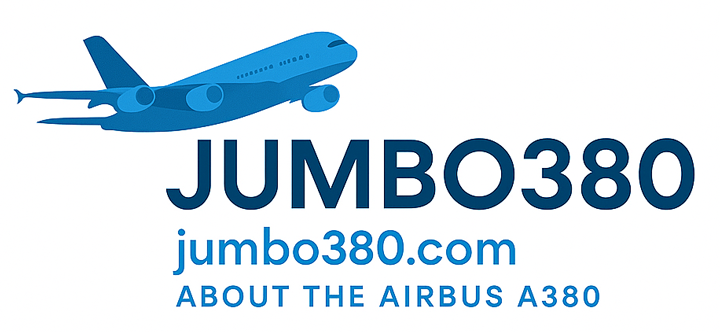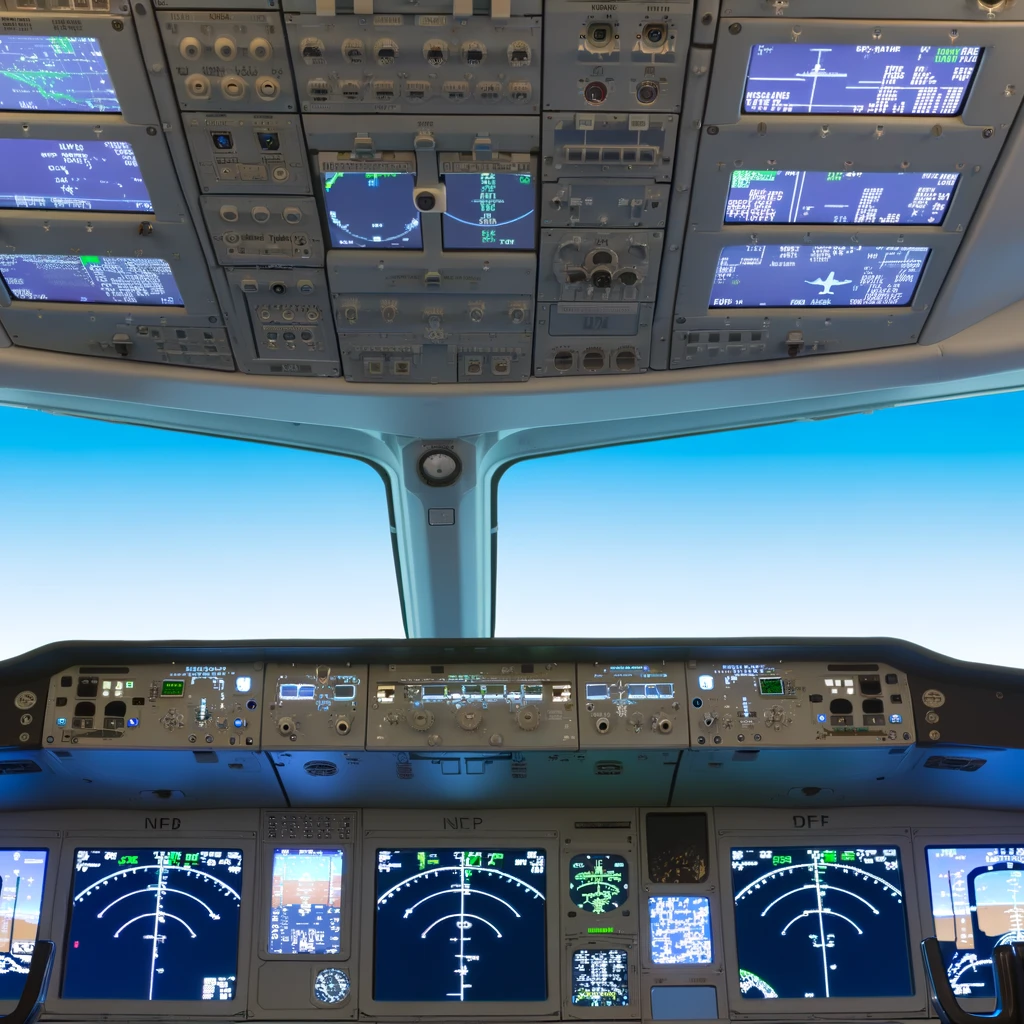
Pioneering the Future: The Airbus A380's Advanced Navigation Systems
The Airbus A380, a marvel of modern aviation engineering, not only stands out for its size and capacity but also for its state-of-the-art navigation systems. As the aviation industry continues to evolve, the A380 remains a symbol of innovation and technological advancement. This article delves into the sophisticated navigation technologies that equip the Airbus A380, making it one of the most advanced aircraft in the sky.
The Significance of Advanced Navigation Systems
Navigation systems are the backbone of modern aviation, ensuring that aircraft can traverse the globe safely and efficiently. For the Airbus A380, advanced navigation systems are crucial, given the aircraft's size and the complexity of its operations. These systems not only enhance safety but also improve fuel efficiency, reduce environmental impact, and optimize air traffic management.
Components of the A380's Navigation Systems
At the heart of the Airbus A380's navigation capabilities are several key components:
- Global Positioning System (GPS): GPS technology provides accurate and reliable positioning, which is essential for route planning and in-flight navigation.
- Inertial Navigation System (INS): The INS uses accelerometers and gyroscopes to track the aircraft's position, orientation, and velocity without relying on external signals.
- Flight Management System (FMS): The FMS integrates various navigation inputs to calculate the optimal flight path, manage fuel consumption, and provide guidance to pilots.
- Automatic Dependent Surveillance-Broadcast (ADS-B): ADS-B technology enhances situational awareness by providing real-time data on the aircraft's position and speed to air traffic control and other aircraft.
Technological Advancements and Innovations
The Airbus A380's navigation systems are a testament to the aircraft's commitment to innovation. Over the years, Airbus has integrated cutting-edge technologies to keep the A380 at the forefront of aviation advancements.
Fly-by-Wire System
The A380 features a robust fly-by-wire system that replaces traditional manual flight controls with electronic interfaces. This system enhances precision and reduces pilot workload, allowing for smoother and more efficient operations.
Enhanced Vision Systems
Enhanced vision systems on the A380 improve visibility during low-visibility conditions, such as fog or heavy rain. These systems use infrared cameras and heads-up displays to provide pilots with a clear view of the runway and surrounding environment.
The Impact on Global Aviation
The Airbus A380's advanced navigation systems have had a profound impact on global aviation. By setting new standards for technology and safety, the A380 has influenced the design and development of subsequent aircraft models.
In addition to improving passenger experience through smoother flights and timely arrivals, the A380's navigation systems contribute to the sustainability goals of the aviation industry. By optimizing flight paths and reducing fuel consumption, the A380 plays a role in minimizing the environmental footprint of air travel.
Conclusion
The Airbus A380's advanced navigation systems exemplify the fusion of cutting-edge technology and practical application. As the aviation industry continues to embrace innovation, the A380 stands as a beacon of what is possible when engineering and technology meet to create a safer, more efficient, and environmentally conscious future for air travel.
Related Articles
